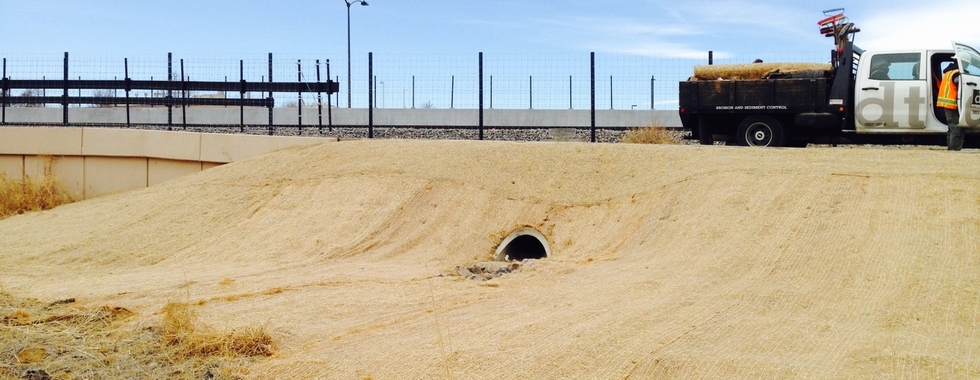Modifying a SWMP in changing field conditions.

Your Stormwater Management Plan is a living document that is intended to be updated to reflect changes over the life of a project. If your SWMP is not updated routinely, there is a strong chance that you are out of compliance. Regulators who visit your site and review your SWMP are trained to compare site conditions to the plan and ensure that they are in synch. So modifying your SWMP is a critical step for every project owner.
COMMON UPDATE SITUATIONS
This post includes examples of common situations that would require updates. Of course, if you have a third party inspection company like Summit managing your stormwater program they will be responsible for these updates, but if you are self-managing or using another company, these examples will educate you on what to look for to verify that your stormwater documents are accurate and complete.
EXAMPLES
Example #1: When the BMP in the original plan are inadequate.
This can happen if the original plan was not well thought out, or it may happen if the activities on site change. For example, the original expectation was for excess soil to be exported by trucking offsite, but instead you have chosen to create a stockpile on site. The stockpile location would need to be noted as well as having BMPs added to protect the stockpile.
Updating in this case would happen this way:
- When a new stockpile is noted by an inspector they would update the narrative plan and the BMP map to show the location of the stockpile.
- Each update would be initialed and dated by the person noting the change.
- In addition, any new BMPs would be added to plan narrative and the BMP map, again, initialed and dated.
- If the BMP was not previously included in the plan, a construction detail will need to be added for the BMP.
- First, the stormwater inspector or administrator would observe that the BMP is not needed.
- Second, the BMP contractor removes the BMP.
- Third, as soon as possible after the removal of the BMP will need to be documented in the plans, dated and initialed by the person maintaining the documents. It will be helpful to regulators, and for your own benefit, to note the reason. The language may be as simple as “no longer needed” or “redundant BMPs removed”, but you want to convey that this was not done without reason.
BONUS POINTS
Remember that these updates happen in more than one location. Certainly in the narrative portion of the SWMP and certainly on the BMP map, but don’t forget that any changes in the SWMP may also need to be duplicated in a local permit such as a GESC plan.
Updates to a SWMP are not complicated. When modifying your SWMP the real challenge is to make them as they happen over time rather than trying to catch up later. It can also be tricky to keep the changes organized and neatly documented so a regulator reviewing the changes can see them clearly and without any lingering questions.
If you are using Summit for your stormwater inspections, you should expect our team to make these changes for you and keep you in the loop. If you have been doing your own stormwater management and find you are having trouble keeping up, this is one more reason to outsource to Summit and give yourself more time to focus on building your project.
